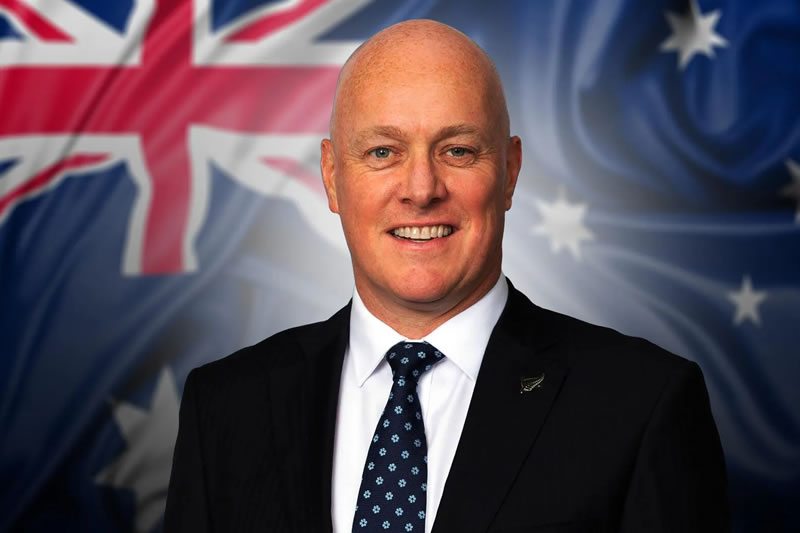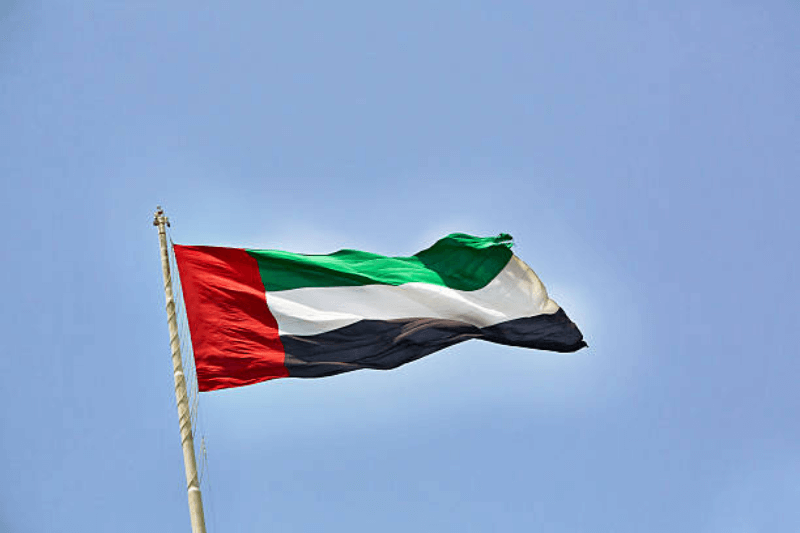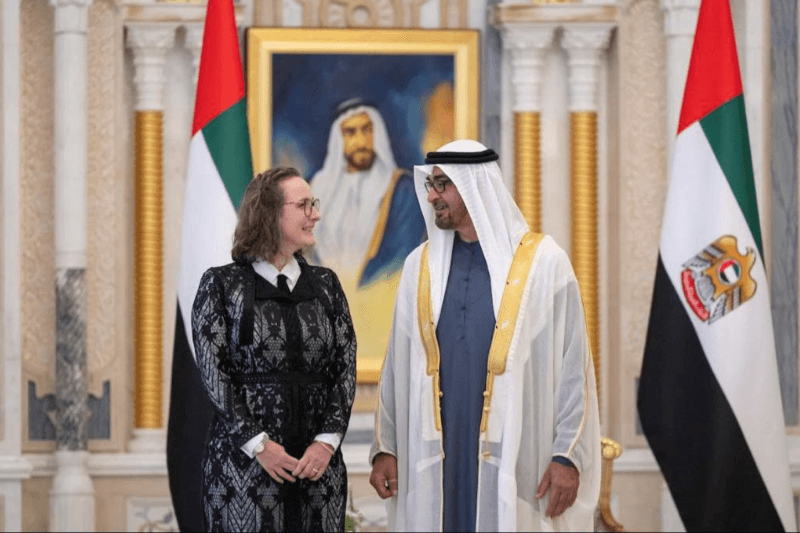
New Zealand PM’s Historic UAE Visit Marks New Era in Middle East Relations
The New Zealand Prime Minister, Christopher Luxon, seeks to make his first major visit to the UAE this week, the first such major tour by a New Zealand leader in close to a decade. The visit comes at the right time bearing in mind the two countries are preparing to sign a Comprehensive Economic Partnership Agreement (CEPA). The visit is particularly remarkable for a departure from brief visits that New Zealand leaders pay to Dubai hoping to strengthen the relations between the two regions.
This generally marked a brilliant performance for UAE-New Zealand bilateral trade where the gulf nation has established itself as among the leading export import partners of New Zealand. It is for this reason that the latest statistics show that the UAE is an important market for New Zealand having bought NZ$1.15 billion worth of goods and services. The now upcoming signing of the CEPA will help in the continuation of lowering the existing 5% tariff barriers while also providing for new opportunities for export.
This is not just an affair of trade figures only, but there are huge investment prospects. These include Mubadala and the Abu Dhabi Investment Authority that has colossal prospects in the advancement of the UAE’s infrastructure that complements Luxon’s pragmatic economic goal for New Zealand.

The visit is not only an economic combination of the two nations, as they converge on the issue of promoting peace within the region. The UAE is recently trying to play a peacemaker in the region through engagement in signing the Abraham Accords and in its current work towards the ceasefire in Gaza conforming to New Zealand’s diplomatic position in the Middle Eastern conflicts.
The scholarly authorities of New Zealand show increased interest in cooperation with the Countries of the Gulf Cooperation Council (GCC) as there is a possibility of further growth of relationships. For example, latest trade statistics that presented the GCC as the New Zealand’s sixth largest export market, worth NZ$2.74 billion annually, indicates the urgency of engaging with the region.




